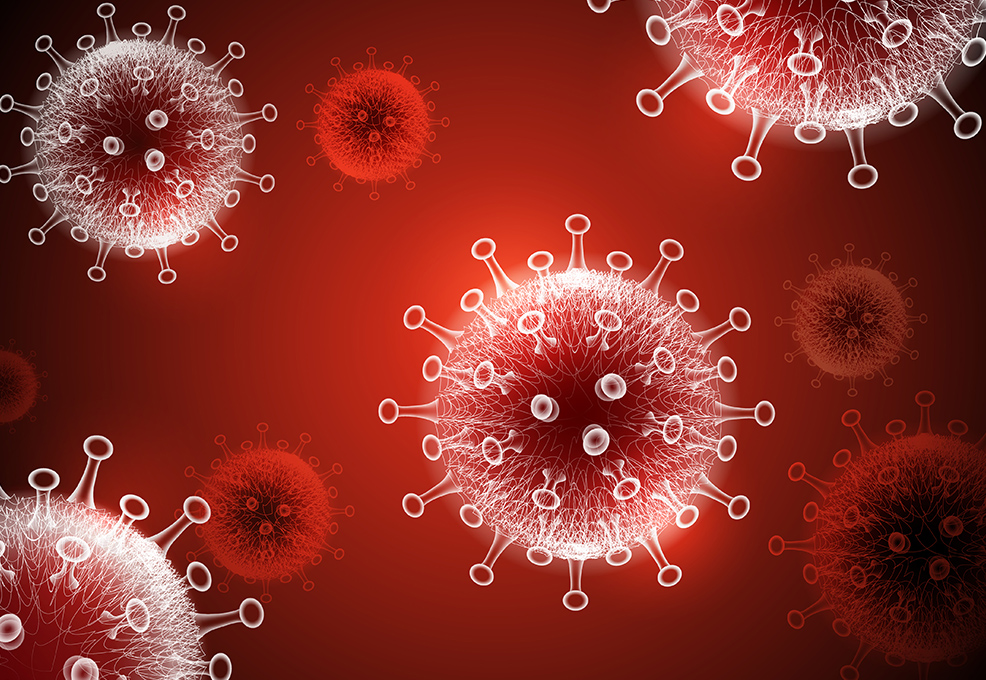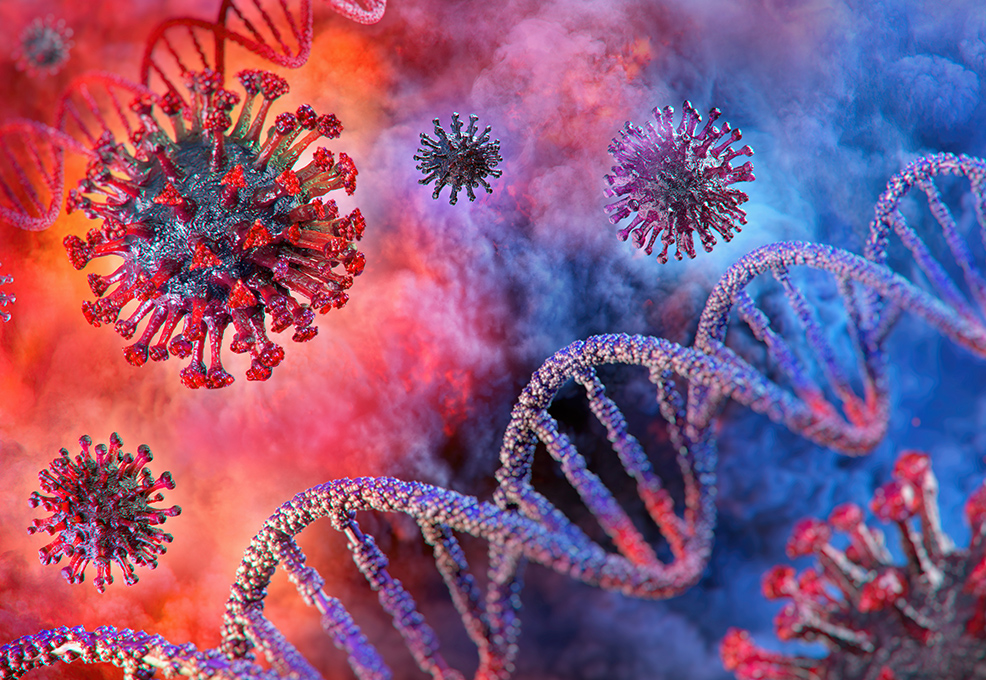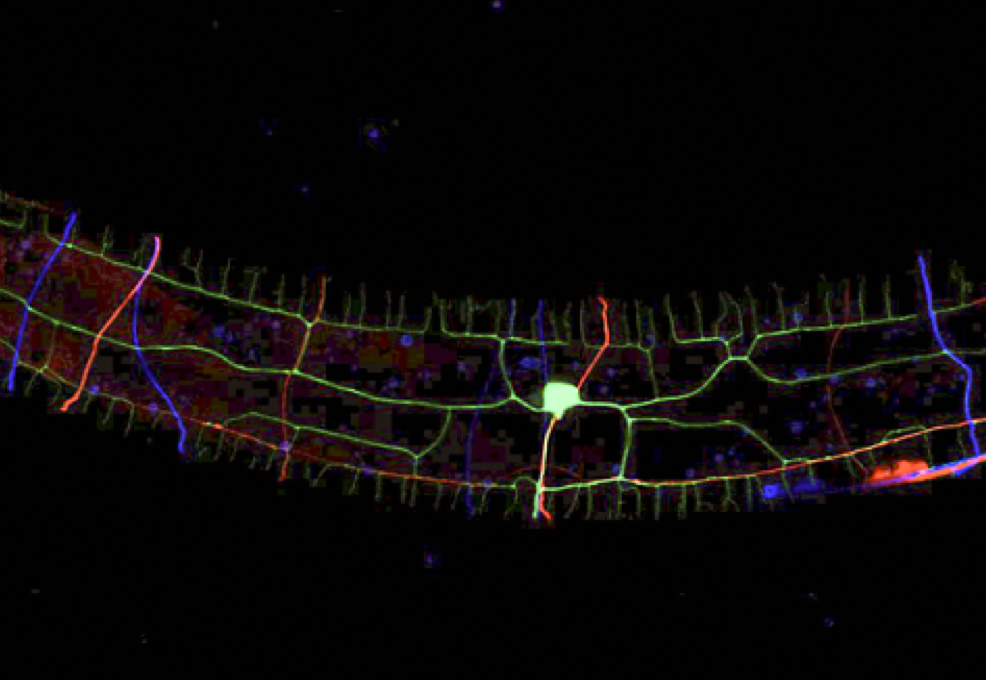C-type Lectins in Host-Pathogens Interaction

Author(s)
Michael M. C. LaiBiography
Dr. Lai is currently a chair professor at China Medical University in Taiwan. After graduating from UC Berkeley, he was a faculty member at the University of Southern California (USC) for 30 years before returning to Taiwan to serve as Vice President of Academia Sinica in 2003 and later President of National Cheng Kung University. He is a pioneer in coronavirus research and also studies hepatitis delta virus, hepatitis C virus, and influenza viruses, particularly the mechanism of viral replications and pathogeneses. He is a well-respected and world-class virologist.
Academy/University/Organization
China Medical University-
TAGS
-
Share this article
You are free to share this article under the Attribution 4.0 International license
- LIFE SCIENCES
- Text & Image
- May 21,2020
The newly emerged infectious disease, coronavirus (COVID-19), from China's Hubei province has spread around the world since December, 2019. The virus originated in bats and transmitted to humans through an unknown intermediate source. The virus has spread to 185 countries or regions, infecting 4.4 million people, and claiming about 300 thousand deaths globally by mid-May 2020, and both figures are still rising. Countries and states are locked down, international travel is restricted, schools are closed, and borders are shut. On the contrary, with the pause in human activities, the environment has improved and people are more willing to work together. In Taiwan, all expertise from different institutes, including public health officers, biotech companies and scientists are collaborating. The Coronavirus has outsmarted humans in the first round and everyone is urged to be part of the fight against COVID-19. We think the virus may be similar to seasonal flu in that it could come back every year. To reach a comparably balanced life, we must educate ourselves and respect our enemy. Together, we can do it.
Dr. Michael M. C. Lai has been doing coronavirus research since 1975. He was studying the mouse hepatitis virus (MHV) as a model for multiple sclerosis. It causes demyelination in mice while human coronavirus causes only mild respiratory illness. His team discovered many novel features about this virus. Dr. Lai enjoyed doing this so much, even though it was not a mainstream research topic at the time. In 2002-2003, the Severe Acute Respiratory Syndrome (SARS) outbreak thrust coronavirus into the limelight and damaged Asian countries and regions including Taiwan. Dr. Lai served as a Vice President of Academia Sinica then the national research center in Taiwan. Emerging infectious disease research began its path and he chaired one of the research group. Dr. Lai’s team aimed to encourage researchers to participate in the study of emerging or re-emerging infectious diseases to fight future crises. However, SARS came and disappeared like a shooting star. That led to the shrinkage of research funding so that the vaccine clinical trials were never carried out. A SARS vaccine would have helped with today’s Covid-19. Still, SARS made it to the list in the history of human coronaviruses. With the valuable experience of confronting SARS, Asian countries have definitely excelled in the control of the 2019 coronavirus infectious disease (COVID-19) impact.

Gene organization of coronavirus genome. Annu. Rev. Microbiol. 1990. P. 5

Genetic makeup of viral proteins from Grifoni et al., Cell Host & Microbe, 2020 p. 3
COVID-19 has now spread to 185 countries or territories with more than 4.4 million cases including 300 thousand deaths by mid-May 2020 and the numbers are still rising. The virus has impacted people, but the effects of the spread of the virus go beyond the infectious disease itself. It has impacted the world on a large scale in various sectors. The world economy and international travel have come to a standstill. Education, as we know, has diminished and transformed. Democracy and liberal values now have a different definition after aggressive isolation of patients. It is not all negative, however. The world has stood still and has given Mother Nature a well-needed break. The sea turtle came to hatch on the beach in India, and the air pollution quality in China has improved. Even people are more unified. For example, Academia Sinica coordinated a platform, involving topics like infection control, epidemiology, clinical diagnosis, and treatment, detection kits, drug development, vaccine, and the COVID-19 pathogen. This has expanded to other countries including the Czech Republic, Canada, and the USA, to fortify the fight against COVID-19.

Lai and Cavanagh, Advance in virus research, 1997 p. 10
Given the overlapping of humans’ economic activities and animal life cycles, the recent infectious diseases, including Ebola, avian flu, swine flu, Zika, and coronavirus, all came from animals. COVID-19 is the seventh and likely the most potent coronavirus known to affect humans. Previous major coronavirus outbreaks are thought to have originated in bats who passed it to an intermediate animal such as a civet cat in the case of SARS (South East Asia, 2002-2003), or a camel in the MERS (Saudi Arabia, 2012) outbreak, which then infected humans. The coronavirus that causes COVID-19 and the one that caused the outbreak of SARS in 2003 are related to each other genetically. SARS and COVID-19 share the same receptor of ACE2, but COVID-19 is more infectious. Coronavirus has an RNA positive-strand with a crown-like appearance (S spikes). It posses strong spikes that hook onto the cell in different hosts which makes the virus very infectious. Coronavirus has its unique viral transcription, replication, translation, and recombination mechanism. Dr. Lai’s laboratory has contributed to the broad knowledge base in this area. Its nonstructural proteins are also targets of drug development. A team in Academia Sinica has found inhibitors of main protease, and 3C-like protease.
To date, there is no vaccine and no specific antiviral medicine to prevent or treat COVID-19. Those that are affected receive supportive care to relieve symptoms. Scientists have been working in two directions. The first is on antiviral drugs and the other is on an immune response modifier. Based on in vitro data and early clinical experience, researchers are testing antiviral drugs that might disrupt viral proteins and stop the infection. Drug repurposing is one of the strategies. It is used to speed up drug development and the approval process. Some of the candidates are Remdisivir, chloroquine, or hydroxychloroquine. Remdisivir from Gilead Science has been identified as the most potent antiviral drug against COVID-19, although it originally aimed to treat Ebola but failed. Once the clinical trial shows promise, it can serve as a savior. Some herbal medicine may modify the immune response. A vaccine may be a long way off. For the long term, we suggest that researchers study the pathogenesis of the nonstructural proteins. This can give us some insight for the further defense.

Lai and Cavanagh, Advance in virus research, 1997 p. 5
Coronavirus has presented challenges and yet, this yields a platform for experts, including scientists, to work together. This is the chance to gather research resources together and to foster cooperation between academics and industries. Dr. Lai is to some extent surprised that the coronavirus has caused such a serious scene. At the same time, he is confident and pleased to see that more fellows and experts are joining the team to study coronavirus. With all the effort involved, human beings can bring us back into the game. Together, we can do better.
STAY CONNECTED. SUBSCRIBE TO OUR NEWSLETTER.
Add your information below to receive daily updates.




